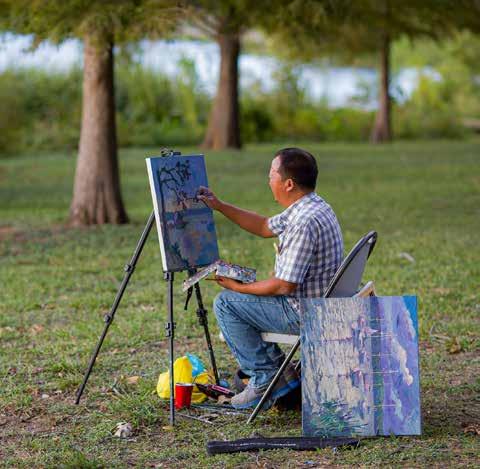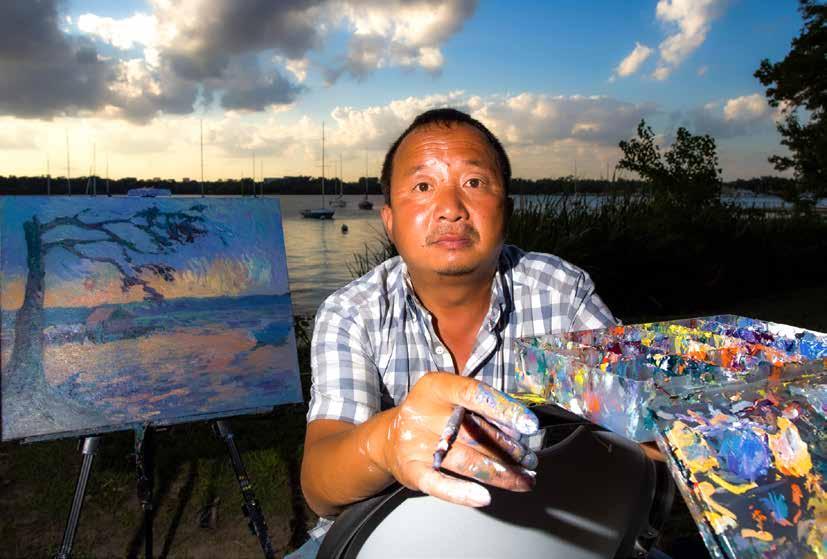
4 minute read
faces
by Megan Roth
Photos courtesy of Leo Hong Mao
A World of Art
Artist follows career from China to Dublin
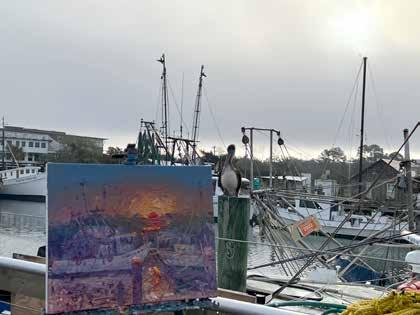
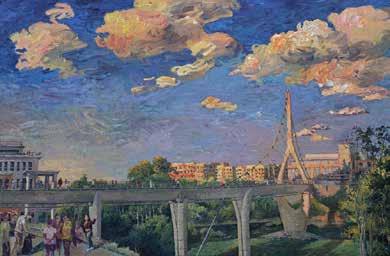
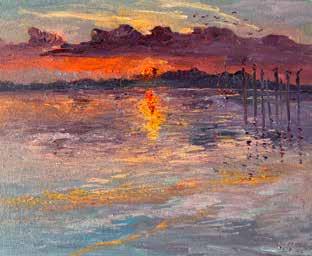
Relocation is a requirement for a lot of jobs. It can be from one side of the city to another, from one state to another or even across the country. For Leo Hong Mao, his relocation took him from Chengdu, China all the way to Dublin.
China to America
Mao says he began painting at age 7, striving to capture images of life and the natural world in his work. After receiving recognition and encouragement from family friends, he went to college and graduated with a Bachelor of Fine Arts in China. He went on to teach art to college students.
In 1999, Mao was invited to the United States as a visiting artist with Wright State University in Dayton, and he chose to stay. The works he displayed throughout the Dayton area depicted Chinese culture, specifically the Chinese Cultural Revolution, where many citi-zens were forced to perform labor in the fields. Mao’s work captures much of the emotions he experienced during that time.
He says that, consistent with his sentiments toward the Revolution, the colors of the paintings are dark and convey sadness and melancholy, which not every- one in the United States appreciated.
From there, he began to explore impressionist art, where color is manipulated to illustrate the effects of light, to develop his own style incorporating brighter colors
Less uncertainty. More confidence.
In times of uncertainty, don’t be paralyzed. Take control of what you can.
We want you to be confident and secure. The best time to start working on your retirement was ten years ago, the second best time is right now. We’re Keeler & Nadler – real financial advisors invested in your best interest.
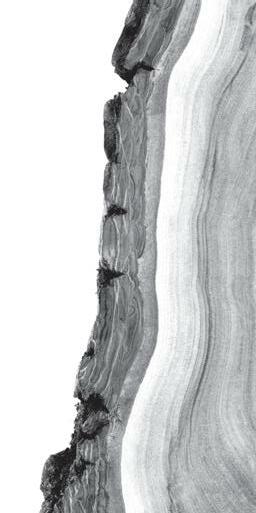
Schedule a meeting with one of our advisors today. Call 614.791.4123 or visit keelernadler.com.
while still conveying realistic depictions of everyday life.
Following his relocation to the U.S., Mao traveled from museum to museum, gaining inspiration for a style that would sell in the American market. He was particularly interested in the works of Monet and Van Gogh.
“Monet uses beautiful colors, and Van Gogh has a very strong brush stroke,” Mao says. “My paintings have Monet’s colors and Van Gogh’s style.”
Combining elements from these two impressionist artists, Mao developed his own approach to create vast and color rich landscapes. The new style was effective, leading to increased appre-ciation for Mao’s works locally. Now, he was selling in Dayton.
Dayton to Dublin After making a name for himself in Dayton with exhibitions throughout the city, Mao’s wife was offered a job to work at The Ohio State University and the couple made the move from Dayton to Dublin in 2012.
The relocation only enhanced Mao’s paintings of beauty in the real world. He began painting the Discovery Bridge and Scioto River, the Dublin Link, cornfields and more.
Mao worked with the Dublin Arts Council for the Painterly Perspectives exhibit and sells landscape paintings, which depict both Dublin and Columbus, at the Dublin Market at Bridge Park every Saturday morning from 9 a.m.noon. His paintings were recently on display in the first-floor gallery at OSU’s James Cancer Hospital.
Collected and sold throughout the world, his paintings can be found in Canada, England, France, Switzerland and Japan.
After moving across continents, Mao says he feels fortunate to live in a city where he not only feels safe, but where there is a vast appreciation for art.
Artistic Inspiration
What distinguishes Mao’s paintings is the life they depict. He strives to capture the intangible parts of the human experience: love, laughter, spirit and life itself.
Consistent with the impressionist style, Mao captures the real world we live in. Through his use of color and brush strokes, the paintings emanate life. The trees seem as though they should sway with the wind.
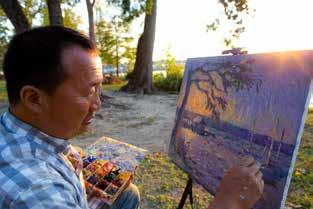

Build Live Be
Inspired
REMODEL | DESIGN | BUILD
CLEARYCOMPANY.COM 614.459.4000
HOME
BY THE CLEARY COMPANY

“When nature is happy, the color is very rich,” he says. “When it is sad, the color is very dim. I face it with my heart and soul, and I can feel the real charm of art.”
Mao most enjoys painting set-tings of natural beauty. He has traveled to national parks and seaside cities across the country to recreate their breathtaking landscapes.
Outside of city landscapes, Mao paints flowers, the changing of the seasons, animals and more. He views every painting as a chance to speak for nature and considers every color and brushstroke an addition to the life and soul of the painting.
“Nature is alive, it has many beautiful aspects,” he says. “It has its own life and soul. It took me 30 years to see it and I want to paint the most beautiful side of it for people to appreciate.”
He hopes that through his paintings, people can view the world through an artistic lens.
“I want people to feel that they can walk into the canvas to feel the beauty, soul and power of nature,” he says.
Megan Roth is a senior editorial assistant at CityScene Media Group. Feedback welcome at mroth@cityscenemediagroup.com.
